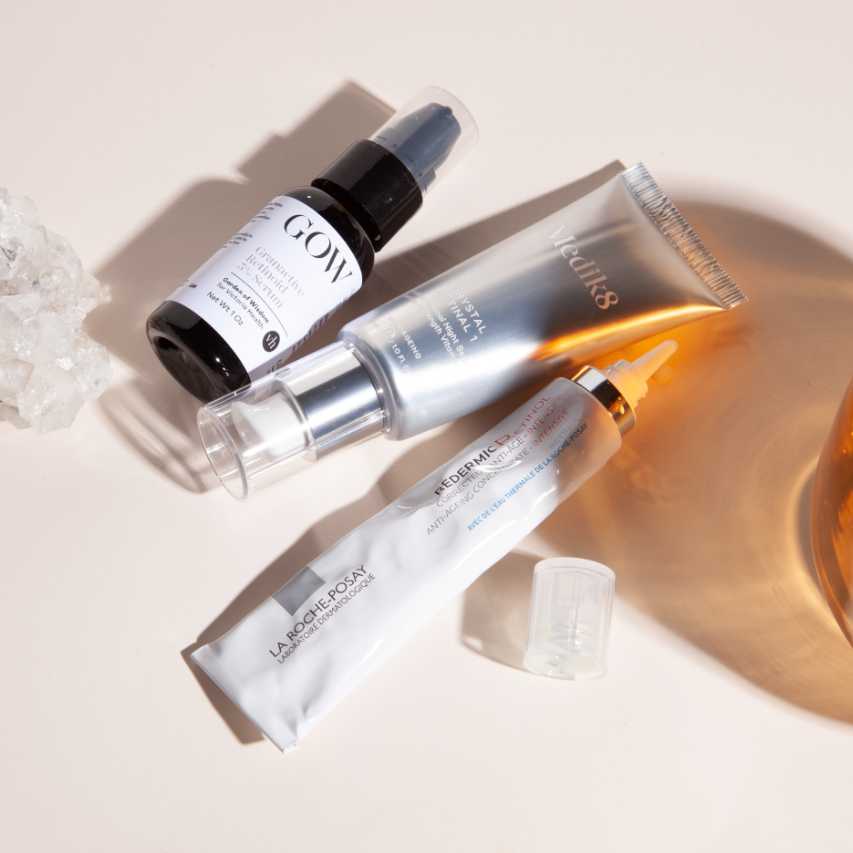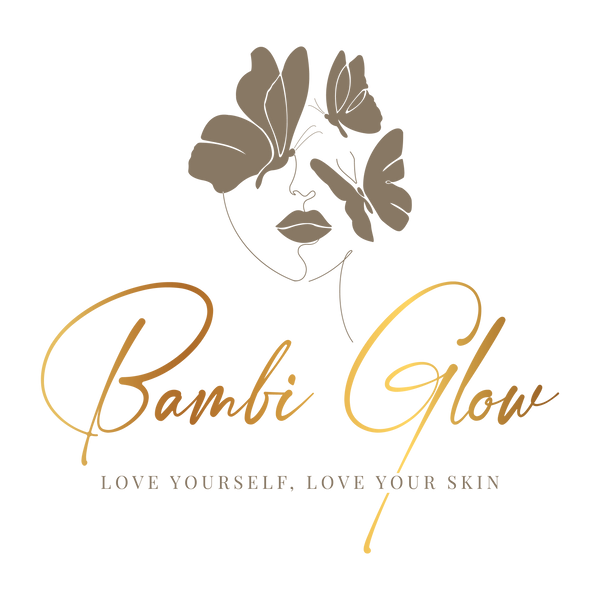
Tretinoin vs. Retinol: Which One is Right for You?
Share
If you’ve been exploring anti-aging or acne skincare, chances are you’ve come across the terms “tretinoin” and “retinol.” Both are powerhouse ingredients, celebrated for their ability to transform skin by reducing wrinkles, treating acne, and brightening complexion. But what’s the difference? And which one is best for you? Here, we break it down in an easy-to-understand way to help you choose the right product for your skin journey!
Meet the Vitamin A Family: Retinoids
Retinoids are a family of compounds derived from vitamin A, and both tretinoin and retinol belong to this powerful family. These ingredients help skin renew itself, promoting cell turnover and boosting collagen production. In short, they’re fantastic for anyone who wants smoother, brighter, younger-looking skin.
But while tretinoin and retinol are similar, they have some key differences, mostly in their strength, speed, and the way they work with your skin.
Tretinoin: The Heavy Hitter
What It Is: Tretinoin is a prescription-strength retinoid, which means it’s more potent and requires a prescription in most places. Known by brand names like Retin-A, tretinoin is a pure form of retinoic acid, which means it goes straight to work on your skin.
What It Does:
- Speeds Up Cell Turnover: Tretinoin encourages skin cells to renew themselves more quickly, helping to reduce acne and even out skin tone.
- Boosts Collagen: It’s fantastic for firming skin, as it stimulates collagen production, reducing the appearance of fine lines and wrinkles.
- Improves Texture: With time, tretinoin smooths skin, reducing roughness and improving clarity.
Who It’s For: Tretinoin is ideal for people with moderate to severe acne, or for those wanting stronger anti-aging effects in a shorter time. If you’re serious about results and have the patience to manage some initial dryness or redness, tretinoin might be the perfect match.
Things to Know: Tretinoin is powerful, so a little goes a long way. It’s common to experience some irritation, dryness, and peeling, especially during the first few weeks. Because it can make skin more sensitive, it’s best to use it at night and follow up with sunscreen daily.
Retinol: The Beginner’s Best Friend
What It Is: Retinol is available over-the-counter and is the gentler cousin of tretinoin. Once applied, retinol goes through a two-step process to convert into retinoic acid (the active ingredient in tretinoin). This slower process makes retinol more beginner-friendly and less irritating to the skin.
What It Does:
- Smooths Fine Lines: Like tretinoin, retinol encourages collagen production, which can help reduce fine lines over time.
- Clears Pores: Retinol promotes skin renewal, which is helpful for keeping pores clear and reducing breakouts.
- Brightens Skin: With regular use, retinol can help improve skin tone and add a subtle glow.
Who It’s For: Retinol is perfect for people new to retinoids or those with sensitive skin who want to ease into the benefits of vitamin A. It’s gentle enough for beginners but still effective in addressing early signs of aging, uneven skin tone, and occasional breakouts.
Things to Know: Retinol takes a little longer to show results than tretinoin, so patience is key. If you stick with it, you’ll start to see smoother, more radiant skin without as much risk of irritation.
Tretinoin vs. Retinol: Side-by-Side
| Feature | Tretinoin | Retinol |
|---|---|---|
| Strength | Strong, prescription-only | Gentle, over-the-counter |
| Results | Faster, noticeable in weeks | Slower, takes 8-12 weeks |
| Skin Irritation | More common | Less likely |
| Ideal For | Experienced users, acne, significant aging concerns | Beginners, mild aging, skin texture |
| Application | PM routine, use with SPF | PM routine, use with SPF |
How to Pick the Right One for You
Choosing between tretinoin and retinol comes down to your skin’s needs, sensitivity level, and your patience for results.
- If You’re New or Have Sensitive Skin: Start with retinol! It’s gentle and will give your skin time to adjust to the effects of a retinoid.
- If You Need Faster Results or Have Significant Skin Concerns: Talk to a dermatologist about tretinoin. With some patience and proper care, tretinoin will give you results more quickly.
Tips for Using Retinoids
- Start Slow: Use only a pea-sized amount and apply it once or twice a week, gradually increasing as your skin adjusts.
- Moisturize: To help prevent dryness, apply a moisturizer after your retinoid.
- Apply Sunscreen Daily: Retinoids make skin more sun-sensitive, so sunscreen is a must every day!
- Be Patient: Skin changes don’t happen overnight, so give your retinoid time to work.
The Bottom Line
Both tretinoin and retinol are excellent tools for achieving radiant, youthful skin, but choosing the right one depends on your skin type and goals. Tretinoin is for those who need powerful results quickly, while retinol is a gentle, accessible option that’s just as effective over time.
No matter which path you choose, using a retinoid can be a fantastic step in your skincare journey, leading you toward smoother, brighter skin!
